Digging Through the Archives: The Evolution of Rider-Led Snowboard Technology
Since day one, Burton has always been rider-driven.
From our prototype snowboards to the development of Step On, we've always turned to our team riders to help guide the new snowboard technologies we're pioneering. Season after season, they travel the world, putting our products to the test in almost every condition imaginable. The knowledge they accrue through their countless hours standing sideways is invaluable in improving our snowboards, bindings, jackets, or backpacks. They are our harshest critiques and most trusted collaborators.
With a new season around the corner, we took the opportunity to pull some of our favorite gear featuring snowboard technologies developed heavily by the input of our team riders. Burton Archivist, Todd "TK" Kohlman, dug through all of the products we've ever made and ideas that never hit the shelves to source some of his favorite pieces. We then ran them past our Hardgoods and Softgoods teams to better understand the historical context for the snowboard technology in each piece. Drop-in and get schooled on the origins of Burton's rider-driven innovations that helped develop the snowboard technologies we make today.
Snowboard Technology of the 1980s
The Burton Riding Suit (1985):
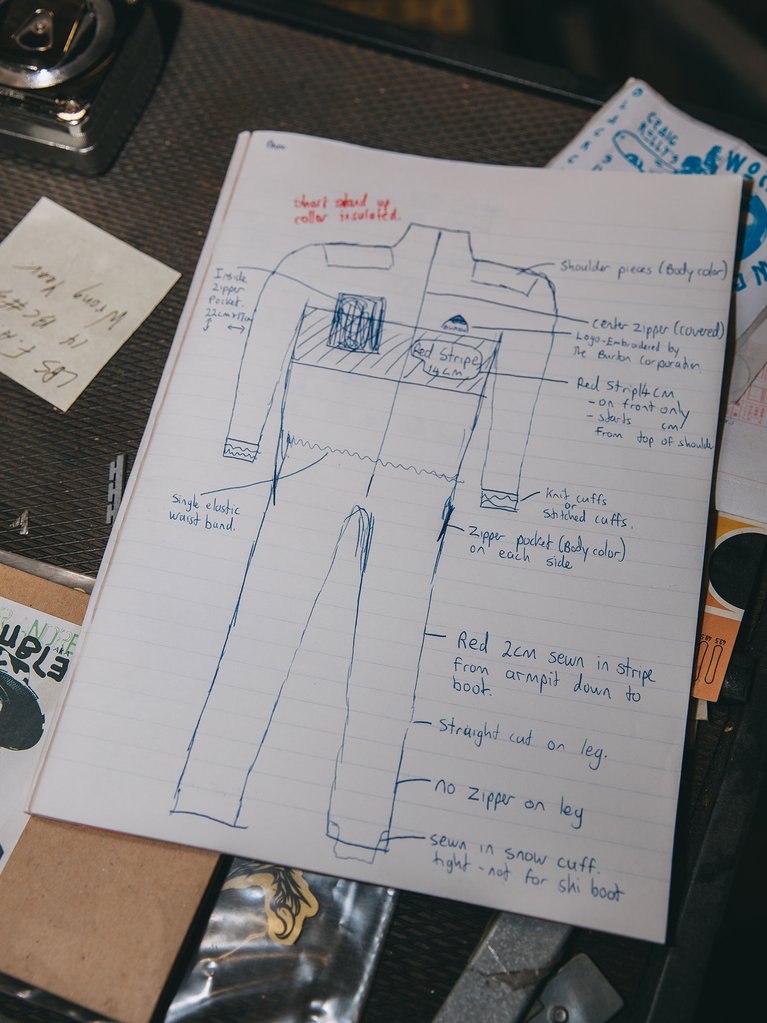

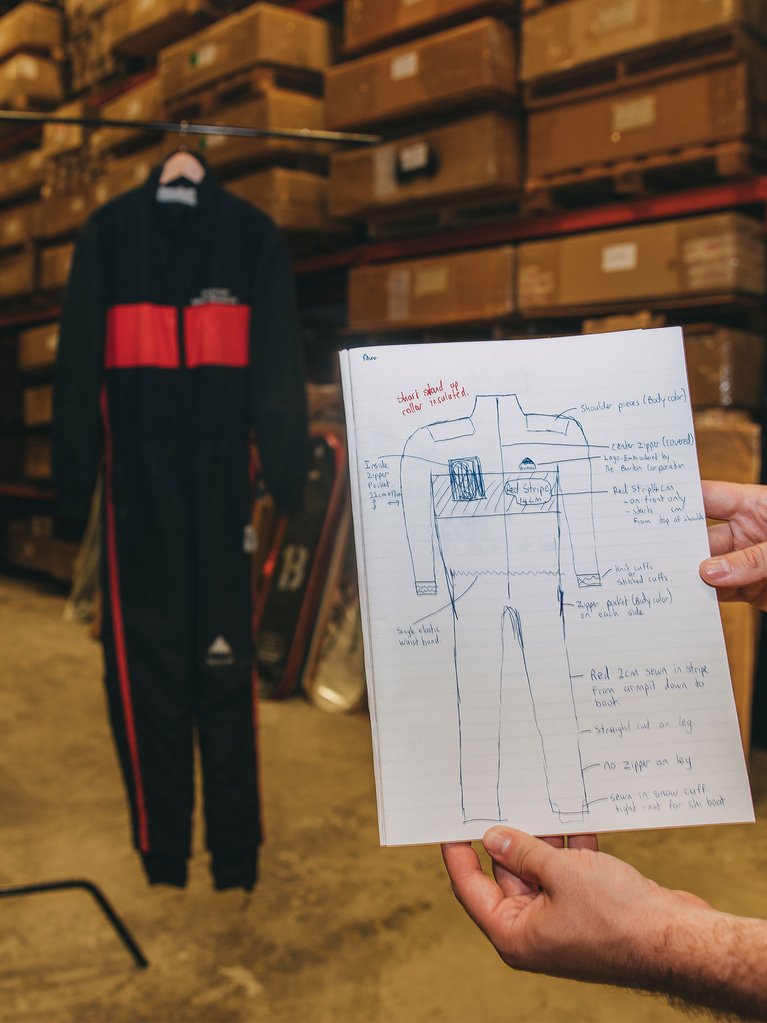
"There is a great tradition of Jake's handwritten notes/designs and bringing that product to life. His vision was always best laid out in a drawing. He was all about details and showing you in a visual way. As product developers, it was always an honor to get a note from Jake with his thoughts and notes on a product."
- Lesley Betts (Senior Global Product Line Merchandiser)
"I think this illustrates Jake's creative vision in not accepting what currently existed in the market, i.e. ski outerwear, but is a perfect example of his rider first mentality by designing things specifically for boarders."
- Cam Mackey (Global Planner)
Before AG, Ronin, or [ak], there was the Riding Suit.
Based on Jake Burton's simple sketch, the Riding Suit was Burton's first piece of outerwear. Conceived in 1984, for Burton Team riders, the somewhat waterproof one-piece was designed with only snowboarders in mind. (Note the, "not for ski boot," call out in the sketch.) After some R&D by the team, the one-piece became part of the line and was available to the masses in 1985.
Snowboard Technology of the 1990s
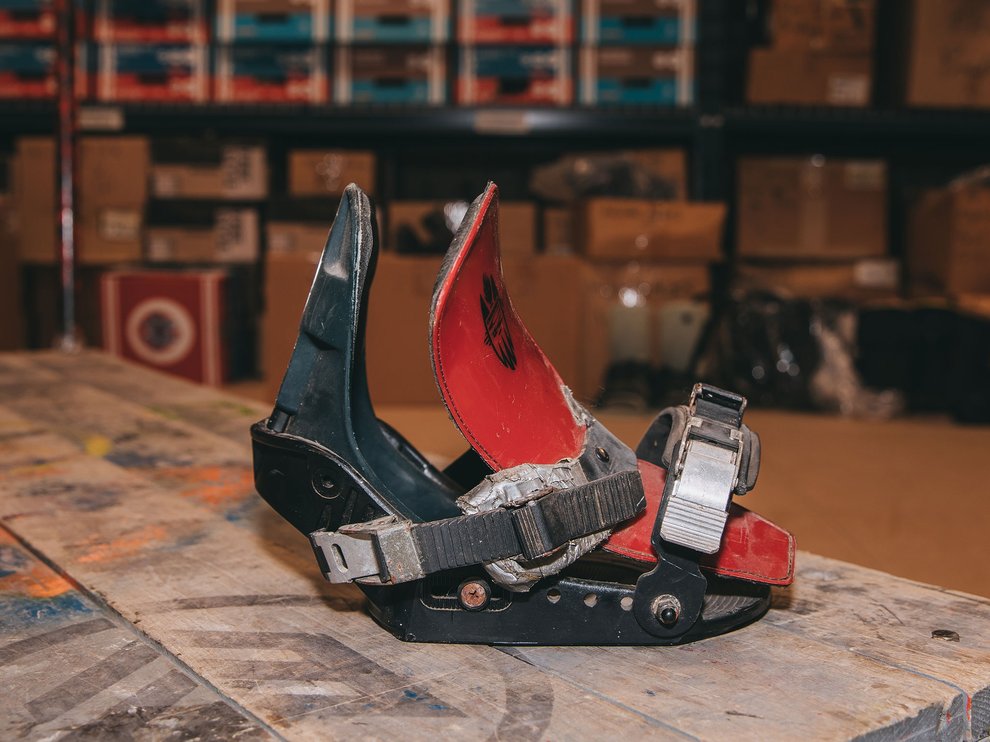
The Freestyle Binding (1994):
Craig Kelly, to this day, remains a guiding light for product engineering. There's a reason our proto facility is named after him: it serves as a reminder to always put the rider first when developing new technologies. The balance of an engineering development mindset with a rider's unique point-of-view is something we continually strive for. - Scott Keller (Design Engineering Manager - Hardgoods)
Progression, continually trying new and different ways of achieving a new ride or feel. So much of our hardgoods progression started with a rider asking, "What if I did this?" and then us actually DOING IT. Innovation doesn't just present itself; you have to go out and discover it by failing over and over again until you eventually find what works. - Scott Seward (Sr. Manager of Hardgoods Advanced Development)
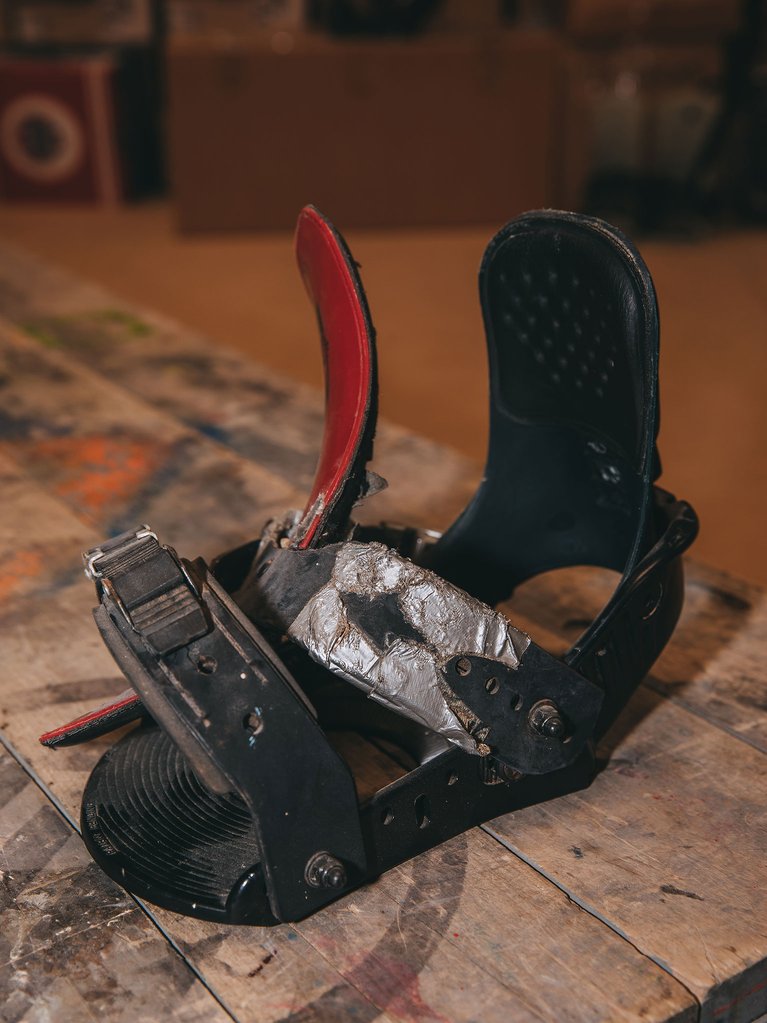
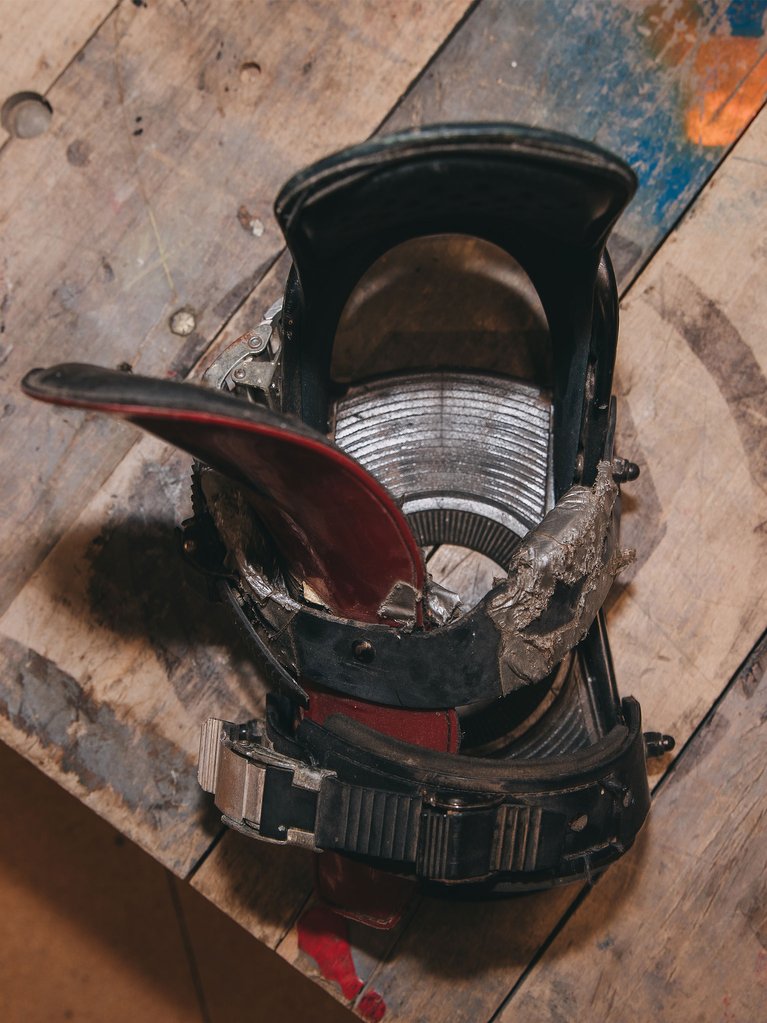
These 1994 Freestyle Bindings were used by Craig Kelly and featured a custom tongue between the straps that he modified himself. A constant tinkerer, Kelly felt the tongue gave him added response but was still playful enough for added tweak-ability. Held together by duct tape, the Hardgoods team made some additional adjustments before these hit the shops.
The Free Light Shell (1991):
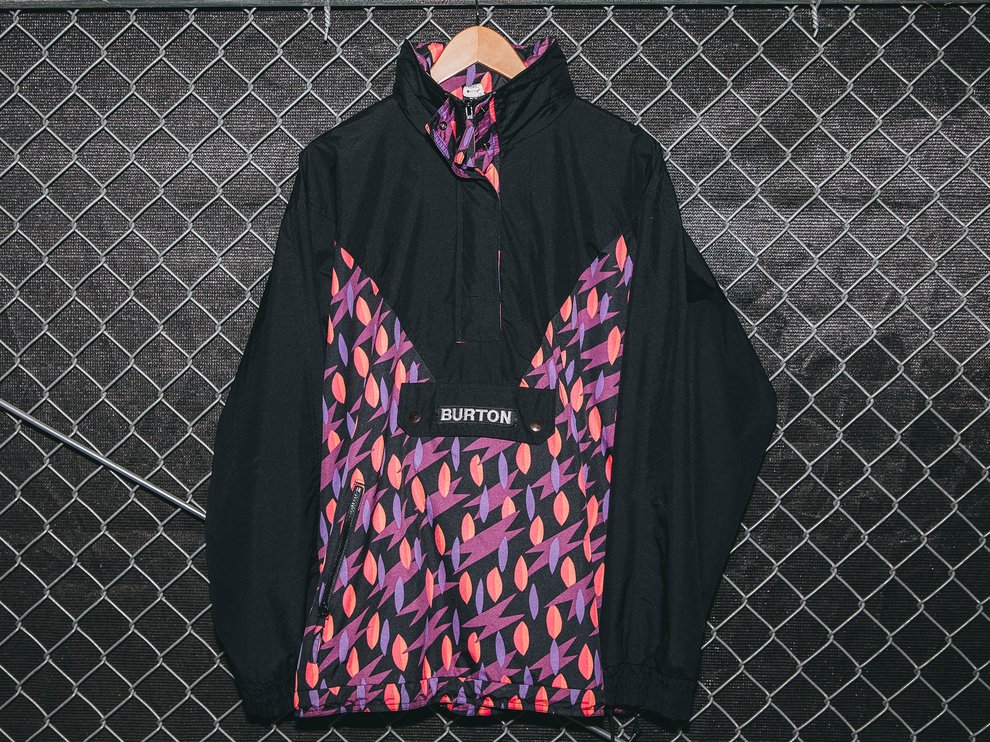
I love seeing the cyclical nature of trends. This looks like something that you would see in a store today. I have a theory that lots of Zoomers secretly want to know what it was like to be their parents in the 80's/90's. - Cam Mackey (Global Planner)

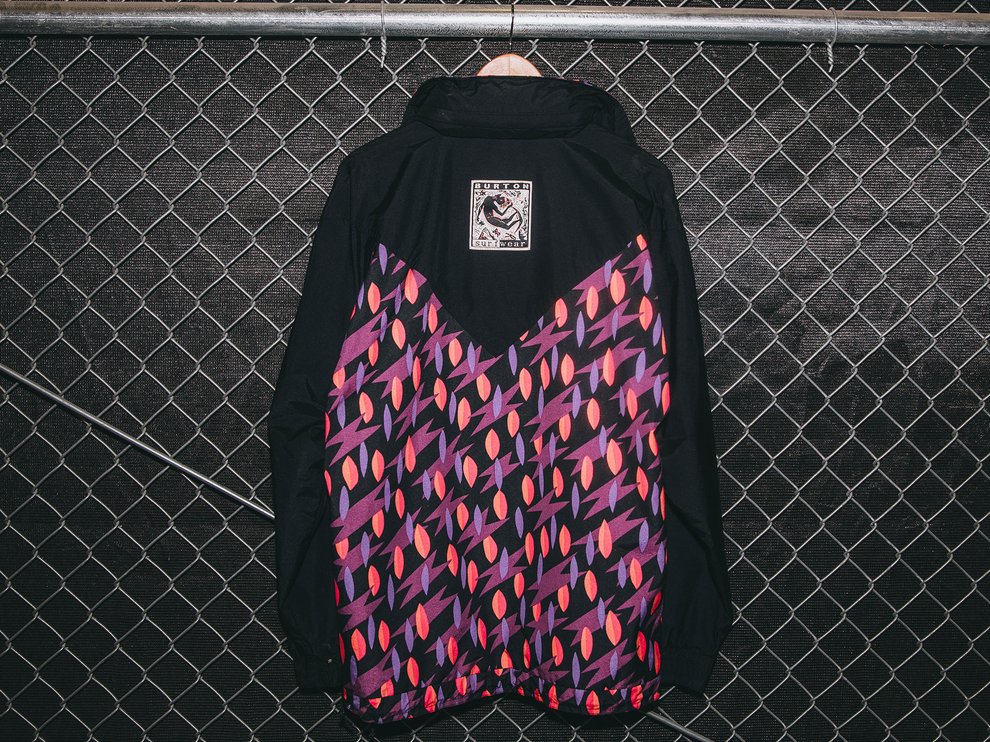
Bold, loud prints are now synonymous with snowboard outerwear, but that wasn't always the case. The Free Light Shell was the first time Burton livened things up with a print incorporated on a jacket, a request made by the team riders. Rumored to be inspired by the Partridge Family, this print was very much of its time, mixing psychedelic patterns and surfwear-inspired neon colors.
The 2-Tongue Boot (1993):

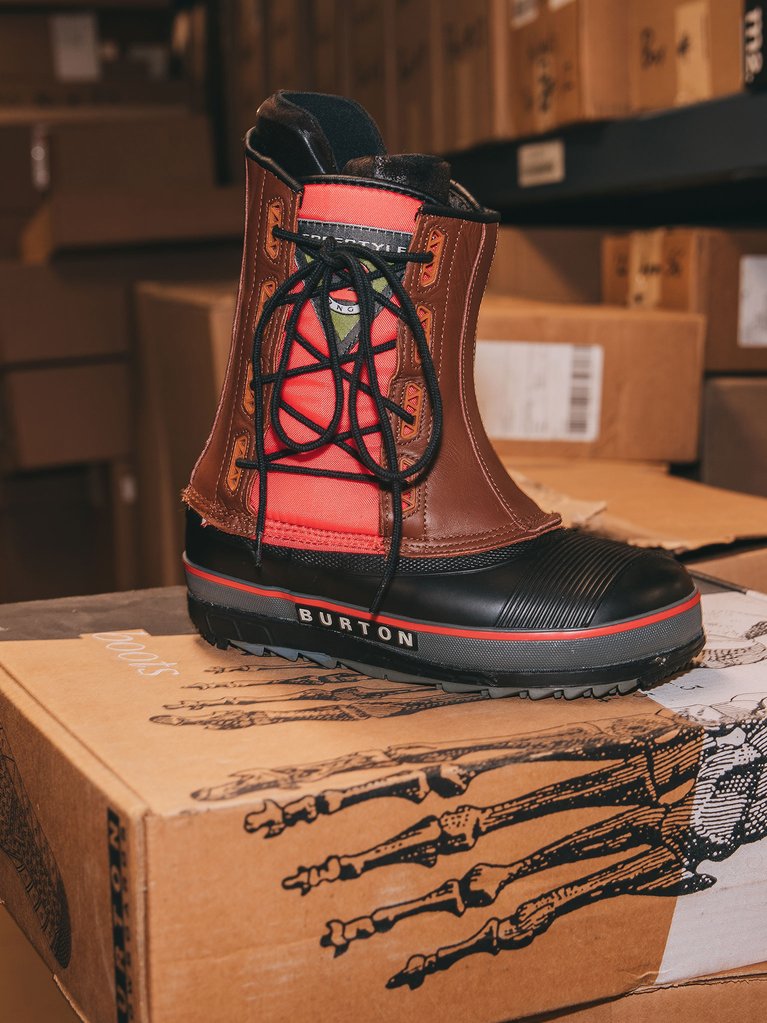
A break with convention. Change for change-sake is the death of product design, but a dramatic departure from the status quo in the quest of superior performance; that's true innovation. It ain't stupid if it works.
- Scott Seward (Sr. Manager of Hardgoods Advanced Development)
A unique stand out from snowboarding's history due to the shell pattern & lacing. These always come up in conversation when talking boot history with 'shred heads.' Not the lightest boot we ever made since they have the full rubber lower shell, but that left room for improvement when we made the recent Mine77 versions.
- Eric Carlson (Senior Global Product Line Merchandiser)
The iconic 2-Tongue boot took the popular Freestyle boot and improved its ability to tweak with its innovative flex capabilities. Designed with the input from the O.G. Tweak God, Jeff Brushie, the boot rethought the standard lacing systems and evolved the way a boot could flex. This boot was reimagined in 2020 as a part of the Mine 77 collection and became a favorite for the modern Tweak King Danny Davis.
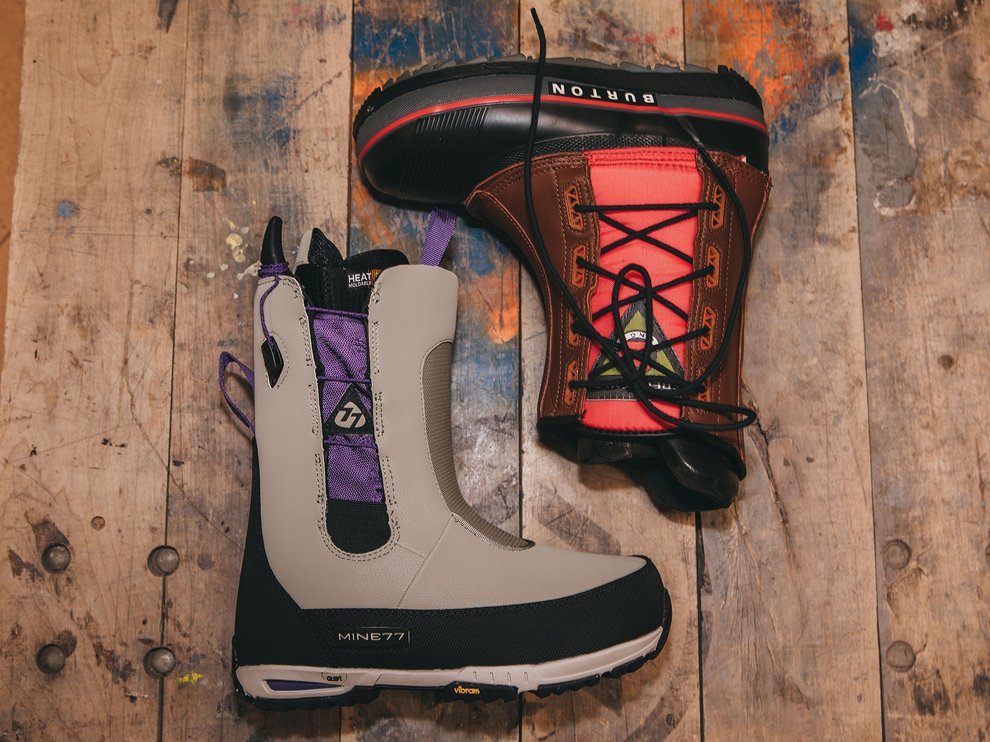
The Ruler Boot (1997):
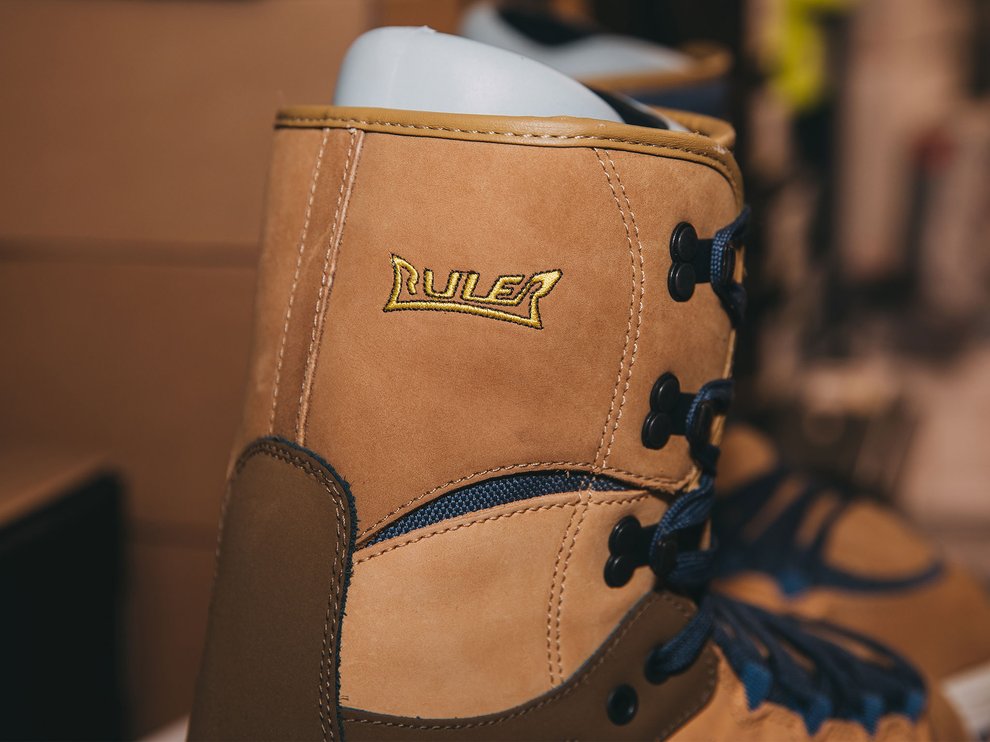

I remember getting the first shipment of these in and doing a sample inspection. The Ruler was by far the best looking boots we had made at the time. Hell, they'd be good looking even today. - Bonnie Bullock (Global Testing Manager)
The longest-running boot in the Burton line, the Ruler, was first introduced in 1997. At the time, backcountry and park riding were becoming more and more intertwined. Developed by the Burton Team, the Ruler found the perfect balance between a stiff responsive boot and the playfulness of a freestyle boot. Twenty-four years later, the Ruler is still a team favorite and staple boot in our line.
Snowboard Technology of the 2000s
The [ak] Jacket & Hi-Top Pant
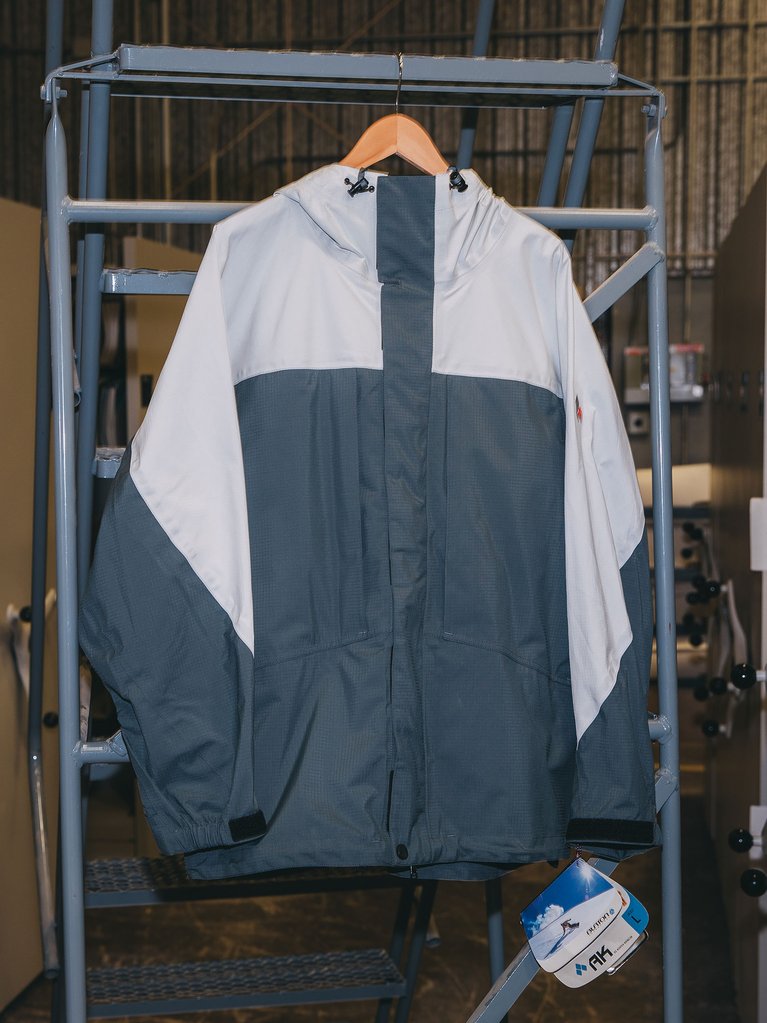
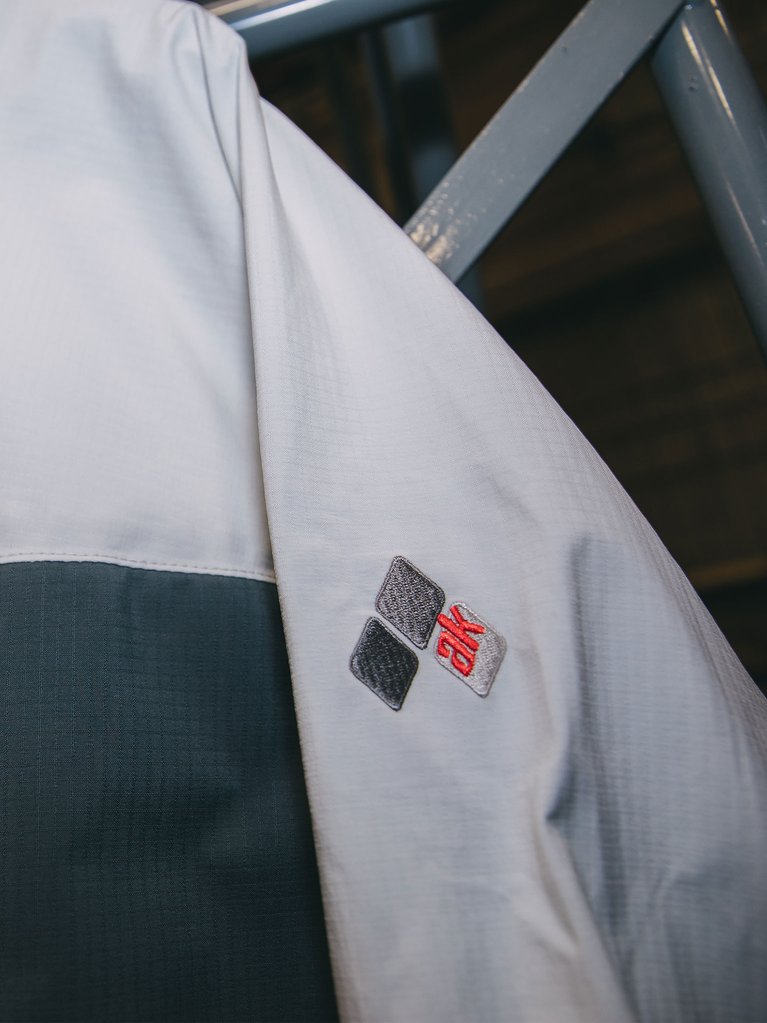
Many don't realize the number of industry firsts in technical outerwear that can be credited to our [ak] line.
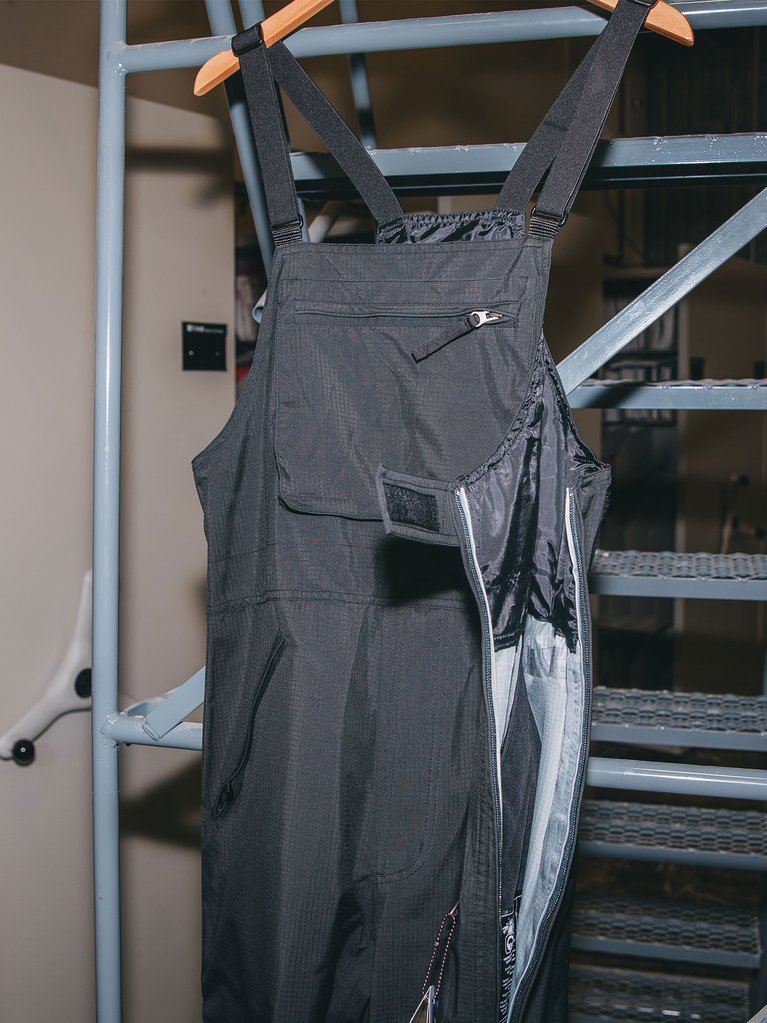
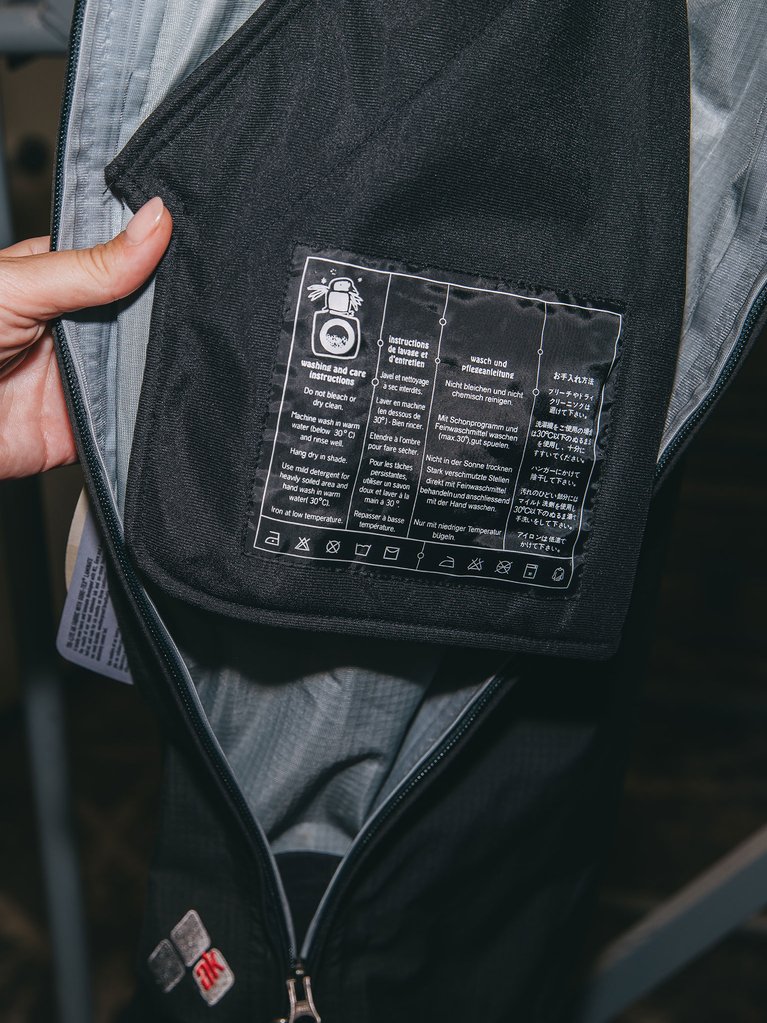
As the snowboarding's progression pushed riders farther away from the resorts and away from lifts, the gear needed to progress to keep pace. This is a perfect example of "rider-driven innovation."
The new millennium brought about an era of freestyle big-mountain riding. Lead by the innovative riding of Dave Downing, Craig Kelly, and Victoria Jealous; there was a demand for technical high-performance backcountry gear that embodied the spirit of snowboarding. Enter [ak]. The riders heavily influenced this first kit, with the [ak] jacket and Hi-Top pant becoming a staple for the team. Twenty years later, [ak] is still the final word in technical and high-performance backcountry snowboarding gear.